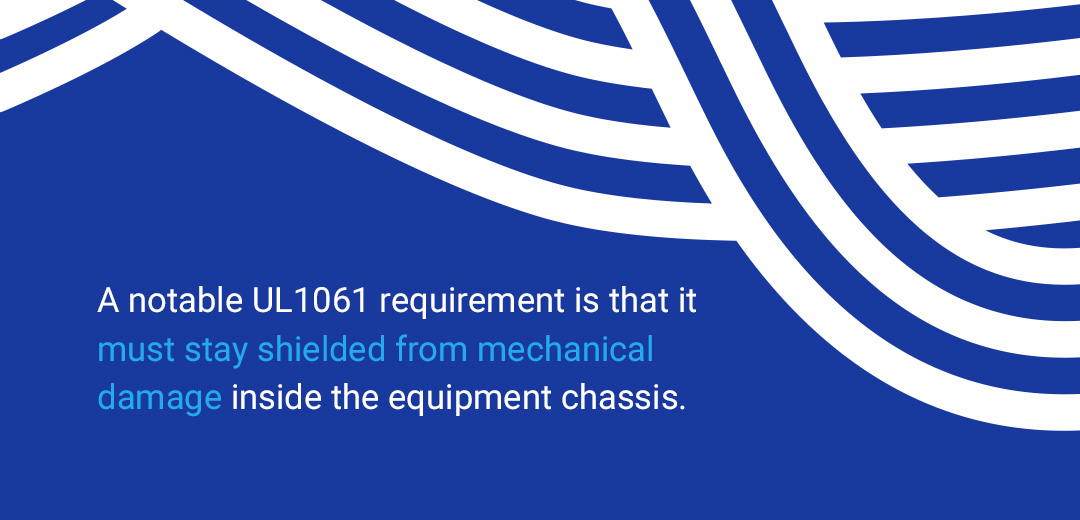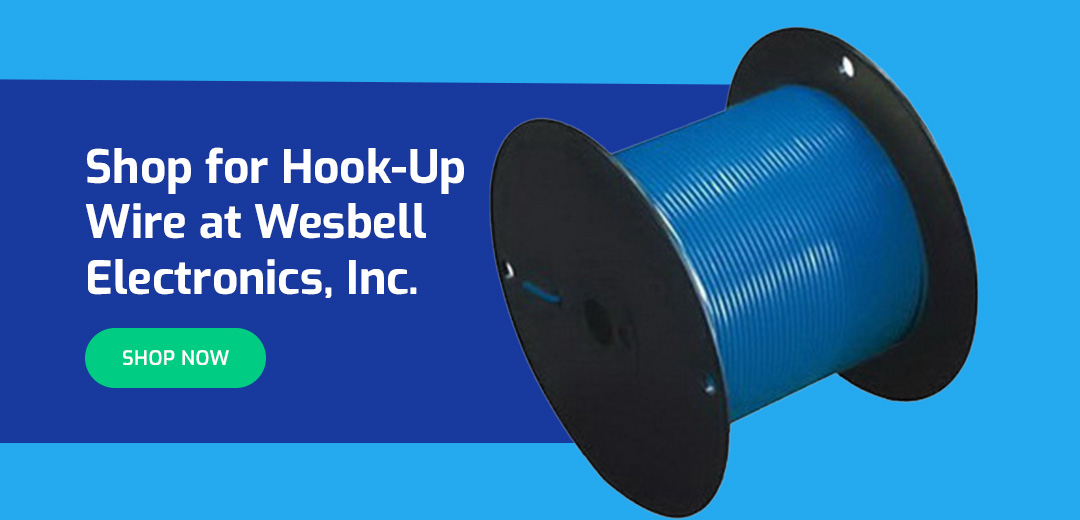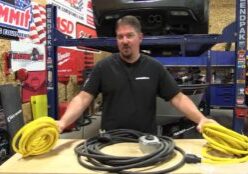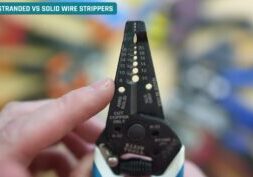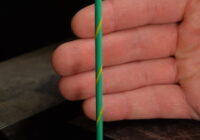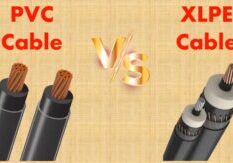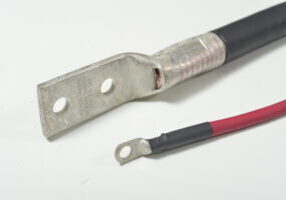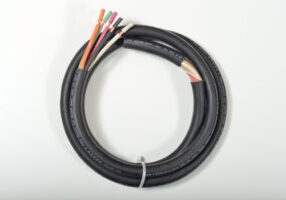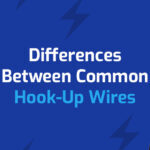
Oct 12, 2020
Differences Between Common Hook-Up Wires
Hook-up wire is a single-conductor wire used in low-current and voltage applications. It’s available in multiple constructions with various conductors, insulations and jacket materials.
Electricians often use hook-up wires in enclosed electronic equipment such as control panels, automobiles, meters, ovens, computers, electronics and appliances. Specific kinds are even suitable for military specifications.
There are many hook-up wire types, each with unique attributes. If you’re wondering about the difference between hook-up wire types, we discuss four common options to help you choose the best wire for your needs.
Exploring the Difference Between Hook-Up Wires
Choosing the correct type of wire for your application can be confusing. Our guide will help you decide which one best suits your project.
What is UL1007 Wire?
UL1007 hook-up wire has a maximum voltage rating of 300. Tinned copper conductors make it resistant to moisture, oxidation and corrosion, while PVC insulation resists abrasion, moisture, ozone, acids, solvents and fungus.
UL1007 wire is beneficial for applications that require flexibility in low-temperature environments. Uses include internal wiring of the following:
- Electrical and electronic control panels
- Generators
- Turbines
- Transformers
- Meters
- Appliances
What is UL1061 Wire?
UL1061 hook-up wire is a single conductor wire made of stranded or solid tinned copper. UL1061 is similar to UL1007 in that it also has a voltage rating of 300. However, it’s slimmer than U1007 wire, making it ideal for applications that need the same voltage as UL1007 but with a smaller outer diameter.
UL1061 has semi-rigid PVC insulation to enhance abrasion and flame resistance. A notable UL1061 requirement is that it must stay shielded from mechanical damage inside the equipment chassis.
Electricians use UL1061 to internally wire appliances, electrical and electronic equipment, and wiring and cable assemblies in data equipment.
What is UL1015 Wire?
UL1015 is a PVC-insulated hook-up wire constructed with bare or tinned copper conductors. With a voltage rating of 600, UL1015 has double the voltage capacity of UL 1007 and UL1061, therefore requiring thicker insulation. It can withstand temperatures up to 105 degrees Celsius.
UL1015 hook-up wire also boasts abrasion and flame resistance. Electricians use it to wire the following internally:
- Appliances
- Electronic equipment
- Panels
- Meters
- Point-to-point wiring
What is PTFE Teflon Wire?
Polytetrafluoroethylene is a robust plastic that wire manufacturers use to insulate cables for performance in demanding applications.
PTFE Teflon electrical wires are constructed with silver-plated copper strands rather than tinned copper strands to withstand the widest temperature range of all plastics — from -200 degrees Celsius to 260 degrees Celsius and even up to 400 degrees Celsius for brief periods.
PTFE Teflon wires are highly resistant to smoke, fire and chemicals. They also have superior electrical properties.
PTFE’s thin, nonstick properties allow for a compact design with minimal friction between components and layers. They also safeguard the wire from water, oil, solvents and even gases. These features make PTFE Teflon wire excellent for reducing cable footprint while improving flexibility.
Electricians use PTFE Teflon wires for coaxial cables and insulated wires in sensors, cars and chemical tanks.
Shop for Hook-Up Wire at WesBell Electronics, LLC.
WesBell Electronics, LLC. is a wire and cable distributor providing cable assembly to save you time and money. We offer various hook-up wires to satisfy all your wiring and cable needs. Shop for hook-up wire today and enjoy the benefits of quality products from an experienced, family-owned business!

